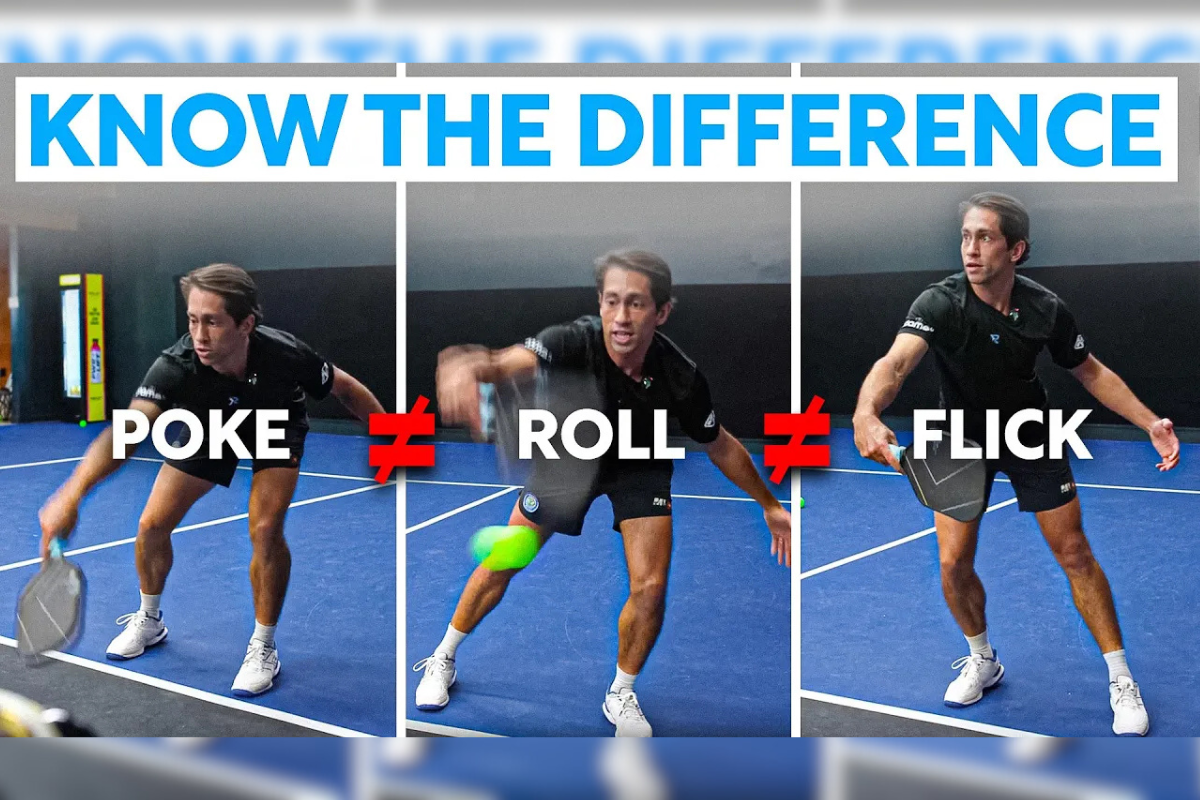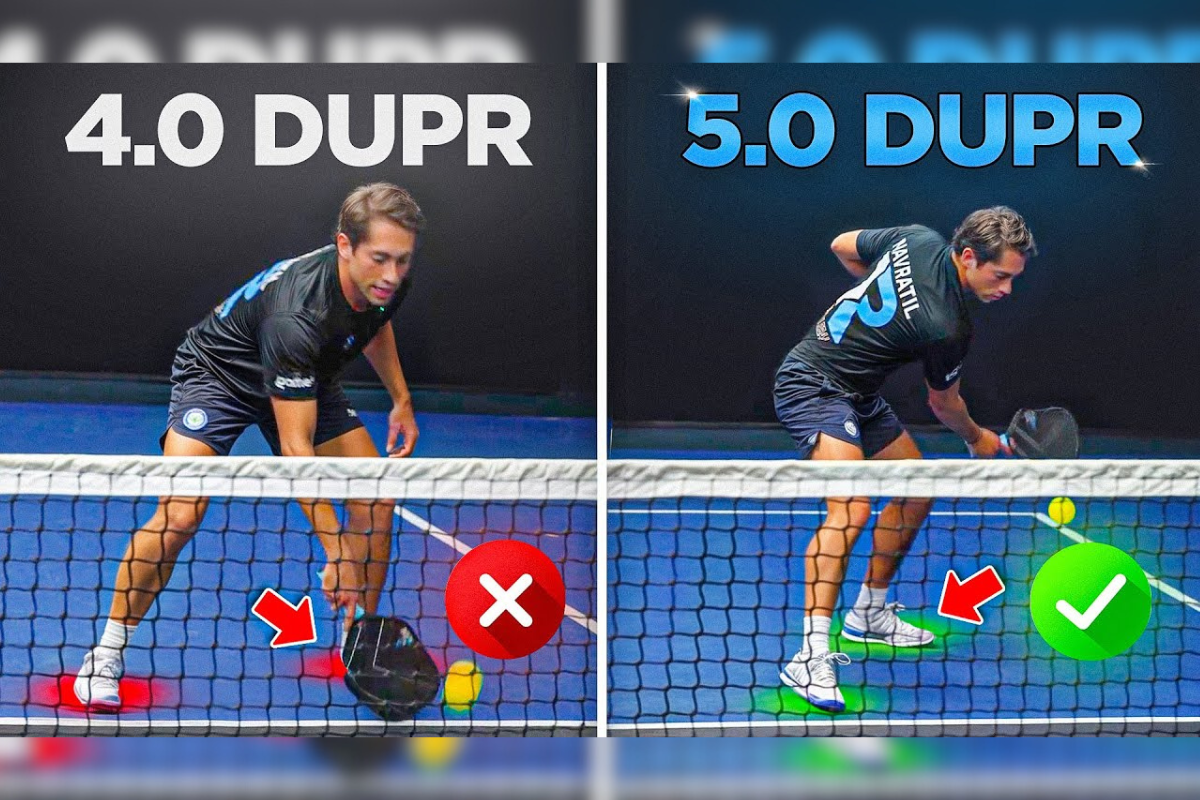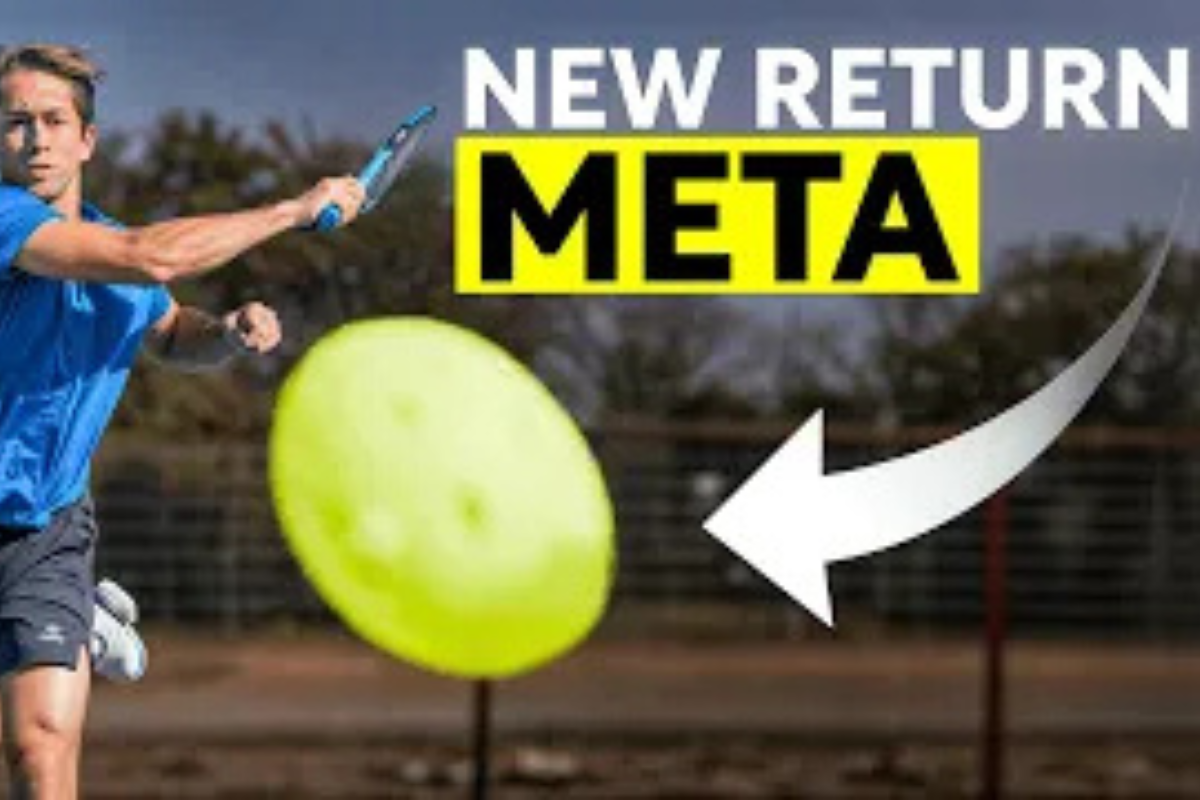If you’ve ever found yourself using the terms poke, roll, and flick interchangeably, you’re not alone—but you’re also not quite right. These three backhand shots may seem similar, but they each have unique mechanics, purposes, and optimal moments to use them. In this post, we’ll break down the differences between the poke, roll, and flick so you can add precision and versatility to your game.
The Poke: Maximizing Reach and Pressure
The poke is your go-to shot when you're at full reach. Since your arm is fully extended, there’s little room for adding topspin or brushing the ball. Instead, the goal is to take time and space away from your opponent.
Key Features of the Poke:
- Used when fully extended.
- Minimal wrist action—it's a direct shot.
- Best aimed at the opponent’s chicken wing (right hip for a right-handed player).
- Effective when opponents are transitioning into the kitchen.
How to Execute the Poke:
- Fully extend your arm to reach the ball.
- Direct the ball at your opponent’s weak spot.
- Avoid excessive wrist movement—this is a firm, straight shot.
The Roll: Adding Spin and Control
The roll is likely the most familiar backhand attack in pickleball. This shot is executed by dropping your body and paddle below the level of the ball, then rolling up the back of it to generate spin and pace. The roll is especially useful when your opponents are further back or when aiming for a precise shot down the line.
Key Features of the Roll:
- Involves dropping your paddle and body below the ball.
- Generates topspin for control and placement.
- Requires more time to execute than a poke.
How to Execute the Roll:
- Drop your paddle below the level of the ball.
- Use a bigger swing to create topspin and pace.
- Engage your wrist and upper body to brush up on the ball.
The Flick: Power From the Wrist
The flick is all about wrist action. Unlike the roll, where power and spin come from the body and arm, the flick relies on quick wrist movement. It’s especially useful when you’re at the kitchen line and need a fast shot with minimal preparation time.
Key Features of the Flick:
- Most of the power comes from the wrist snap.
- Faster execution than the roll.
- Allows for more reach than the roll but requires a strong wrist.
How to Execute the Flick:
- Pull your wrist back before contact.
- Snap through the ball while also snapping upwards for spin.
- Keep your shot compact and quick.
Choosing the Right Shot for the Right Moment
Understanding these three shots will elevate your game and give you more options on the court. Here’s a quick guide on when to use each shot:
| Shot | When to Use It |
|---|---|
| Poke | When fully extended and aiming to take time away from your opponent. |
| Roll | When looking to add spin and precision, especially from a lower position. |
| Flick | When you need a quick, deceptive shot with minimal preparation time. |
Final Thoughts
Now that you know the difference between the poke, roll, and flick, it’s time to put them into practice. Try integrating these shots into your drills, and soon they’ll become second nature in competitive play.





Leave a comment
This site is protected by hCaptcha and the hCaptcha Privacy Policy and Terms of Service apply.